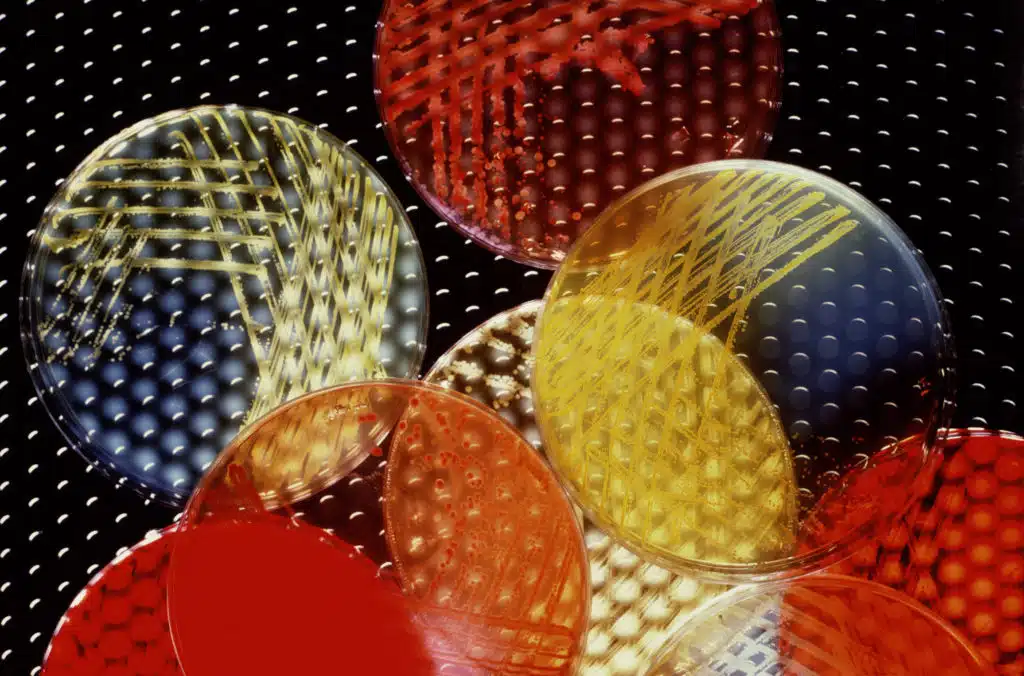Natural light can be captured and transported to dark areas of a building without the need for windows or skylights using a new technology announced at Fresh Science in Melbourne today.
The technology holds promise for lighting dark areas within buildings such as offices, basements, underground rooms, or rooms in the centre of a tower in an environmentally-friendly manner.
Fresh Scientist, Alan Earp from the University of Technology, Sydney, says “Sunlight can now be captured and transported with flexible polymer light guides to a remote room up to 10 metres away. This means there can be natural lighting in homes and offices, as well as rooms which may have no windows or skylights whatsoever.”
“Sunlight is the most user-friendly form of light available for lighting in buildings, creating a natural, warm feel to a room which makes any working or living space an inviting place.”
The new technology presented by Alan collects sunlight through a stack of three plastic sheets, each containing a coloured fluorescent dye. Each dye absorbs some of the sunlight and re-emits light of a specific colour.
Most of the re-emitted light is channelled into a clear flexible plastic sheet, which works like an optic fibre to take the light to a light fitting in the room.
Three separate dyed sheets are used – pink, green and violet – so that the end result is white light – very close to the colour of daylight.
Alan says the system could use a light fitting resembling a standard lamp in size and appearance, or to make an architectural statement.
“Sunlight emerges from such lamps in a fixed pattern no matter where the sun is in the sky,” he says. “Even in cloudy conditions it provides some light.”
The system produces plenty of light and, unlike the traditional window, it doesn’t let heat in or out. Also the system eliminates the harmful ultra-violet in sunlight.
The system is quite compact, does not require large openings like traditional skylights and the outside collector blends into the roof design.
Alan expects the technology to be commercialised and on the market within a year.
Alan is presenting his research to the public for the first time thanks to Fresh Science, a national program to bring public attention to the remarkable unsung achievements of young Australian scientists. He will be speaking to the public and school students about his work on Tuesday 19 and Wednesday 20 August at the Melbourne Museum.
Alan Earp
PhD Student, Department of Applied Physics University of Technology
Sunlight illumination without using windows or skylights
Optimisation of a three-colour luminescent solar concentrator daylighting system
Here is a daylighting system that enables you to use sunlight to illuminate dark rooms in the centre of a building, or even a basement or cellar! Sunlight is captured by a collector on the roof and channelled into light guides, so you can take sunlight to where you need it most.
Project description
Sunlight is the most user-friendly form of light available for lighting in buildings, creating a natural, warm feel to a room which makes any working or living space an inviting place to be. Even better still – it’s absolutely free and of course environmentally friendly too. Because of this, PhD student Alan Earp with Geoff Smith, Jim Franklin and Paul Swift from the Applied Physics Department at UTS – have been working on a way of using clear and dyed plastic sheets to collect and redistribute sunlight so it can be used for lighting in homes or office buildings. Alan has characterised prototypes and shown that the system works well. We are currently pursuing commercial production of our daylighting unit, which includes patented technology and designs.
Daylight is collected and distributed by the following process. Sunlight enters a plastic sheet that contains a coloured fluorescent dye. Each dye absorbs some of the sunlight and re-emits light of a specific colour. A large fraction of this emitted light is channelled into a clear flexible plastic light guide up to 10 metres in length, which acts like an optic fibre, taking the light to a remote room where it can be used for lighting. Three separate dyed sheets are used – pink, green and violet – so that the end result is white light – very close to the colour of daylight. Some of this light is trapped at the end of the light guide and is not able to escape and contribute to room lighting. However, most of these trapped rays can be freed up by installing a special light fitting on the end of the light guide, enabling a brighter output to be achieved.
The light fitting resembles a standard lamp in size and the sunlight emerges from it in a fixed pattern no matter where the sun is in the sky. Even in cloudy conditions it provides some light. There is plenty of light but negligible heat and no UV, both of which are problems with usual ways of providing daylight. The system is quite compact, does not require large openings like traditional skylights and the outside collector blends into the roof design.
Personal details
Qualifications: B. Applied Physics (First Class Honours) – UTS, 2001, Diploma of Scientific Practice – UTS, 1999 Dept. of Applied Physics, University of Technology, Sydney Dept. of Applied Physics, University of Technology, Sydney





 Fresh Science is on hold for 2022. We will be back in 2023.
Fresh Science is on hold for 2022. We will be back in 2023.